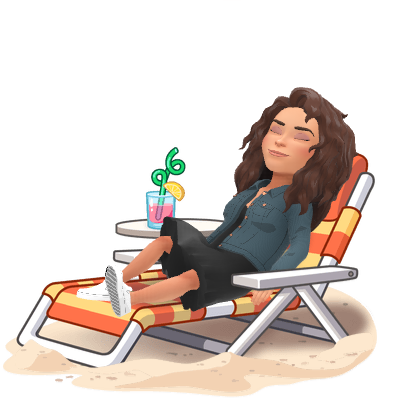Our school has embraced STEM over the past few years. That's actually our signature program. While, I am not a STEM teacher, I feel that it is important to incorporate those topics into my classroom.
I originally got the idea from this site in which you have to be a member. I actually created an introduction as a Desmos activity using their resources. So the students start off by finding the area of a beach. (We live at the beach, so this works perfect for my kiddos.) This introduction allows the students to use any shapes to estimate the area since we haven't had any instruction on Riemann Sums or Trapezoidal Rule. Then I teach the students about these estimation tools.
So, from that introduction, I got the idea to create a project. The students must find an aerial picture of a beach that has eroded. (Some students actually found pictures from our beaches.) They had to research coastal erosion and how it affects our community, and find some solutions to stop or slow down coastal erosion.
So, basically, they found two pictures...before and after. Then using a ruler (found online) they calculated the distance of both pictures using a scale. Some of the pictures didn't have a scale, which was discouraging, but I let them make up a realistic scale. The students had to use Desmos to create a table and graph using 10 sub-intervals. Using the table, they utilized Riemann Sums and the Trapezoidal Rule to estimate the area of the before and after. Then found the area lost due to erosion.
Here are some examples:
I really enjoyed grading these projects! So here it is: Coastal Erosion Project
If you have any suggestions, please let me know. I'm always looking for improvements!
~RJ

I originally got the idea from this site in which you have to be a member. I actually created an introduction as a Desmos activity using their resources. So the students start off by finding the area of a beach. (We live at the beach, so this works perfect for my kiddos.) This introduction allows the students to use any shapes to estimate the area since we haven't had any instruction on Riemann Sums or Trapezoidal Rule. Then I teach the students about these estimation tools.
So, from that introduction, I got the idea to create a project. The students must find an aerial picture of a beach that has eroded. (Some students actually found pictures from our beaches.) They had to research coastal erosion and how it affects our community, and find some solutions to stop or slow down coastal erosion.
So, basically, they found two pictures...before and after. Then using a ruler (found online) they calculated the distance of both pictures using a scale. Some of the pictures didn't have a scale, which was discouraging, but I let them make up a realistic scale. The students had to use Desmos to create a table and graph using 10 sub-intervals. Using the table, they utilized Riemann Sums and the Trapezoidal Rule to estimate the area of the before and after. Then found the area lost due to erosion.
Here are some examples:
I really enjoyed grading these projects! So here it is: Coastal Erosion Project
If you have any suggestions, please let me know. I'm always looking for improvements!
~RJ



Comments
Post a Comment